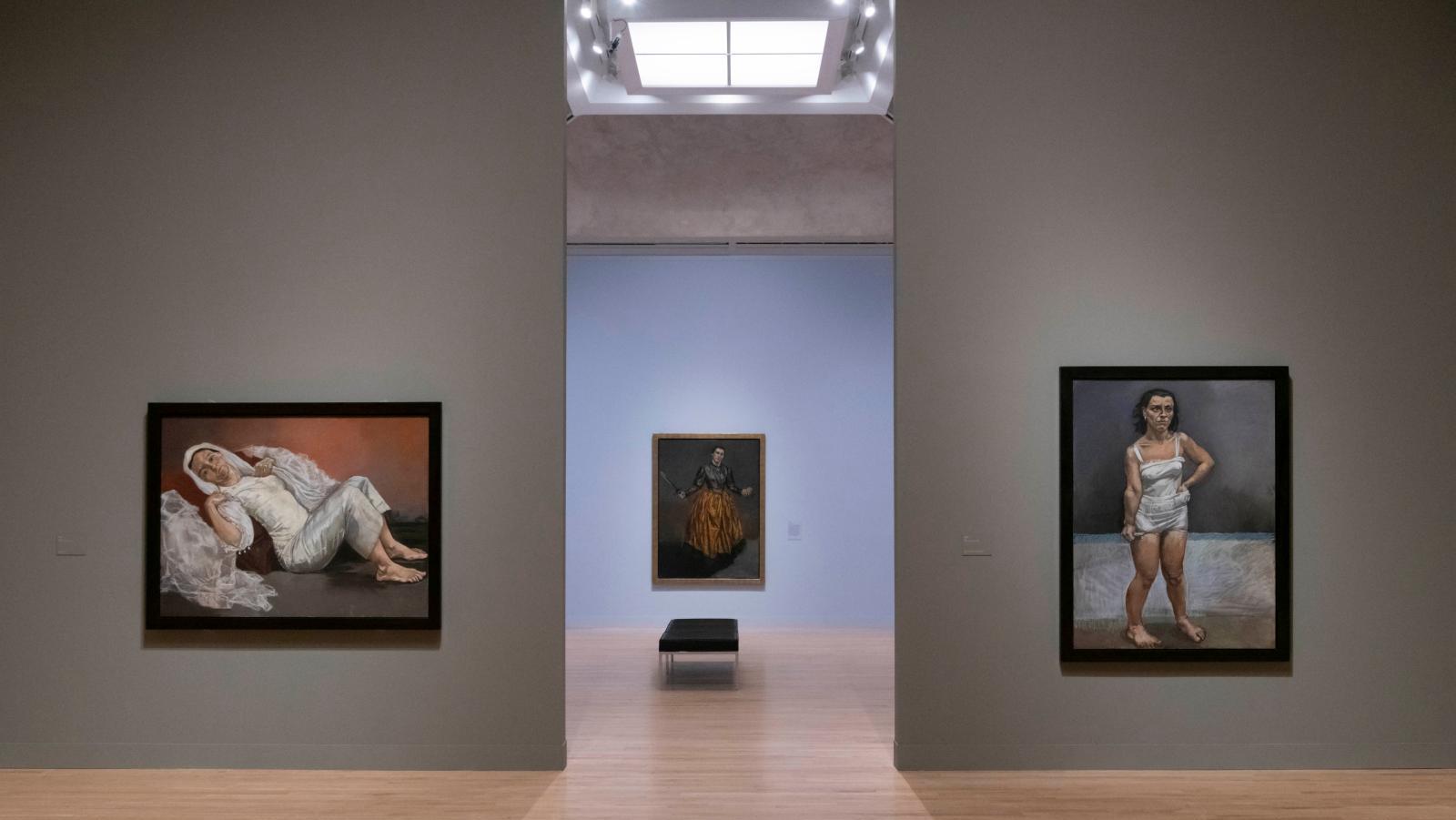We visited Tate Britain to see Paula Rego’s (b. 1935) retrospective, the largest survey show of her career with over 100 works in 11 rooms.
Paula Rego was born in Lisbon, Portugal, under the dictatorship of António de Oliveira Salazar (1889-1970) and the Estado Novo. Her family was fervidly anti-fascist and when she was 16, they sent her to a finishing school in Kent, England. She studied painting at the Slade School of Fine Art in London from 1952-56, where she met her future husband Victor Willing (1928-88). She has spent her life between Portugal and London.
What struck me about this exhibition in its totality is how aptly Rego’s paintings capture our female lived experience. I left the space feeling emotionally burdened by the artist’s and curatorial positioning. Speaking to the shop assistant at the exit, she noted the different reactions of men and women to the show: in which women left as anguished as the subjects of Rego’s artworks.
Paula Rego (b. 1935), The Little Murderess , 1987. Private Collection, UK © Paula…
com.dsi.gazette.Article : 27947
This article is for subscribers only
You still have 85% left to read.
